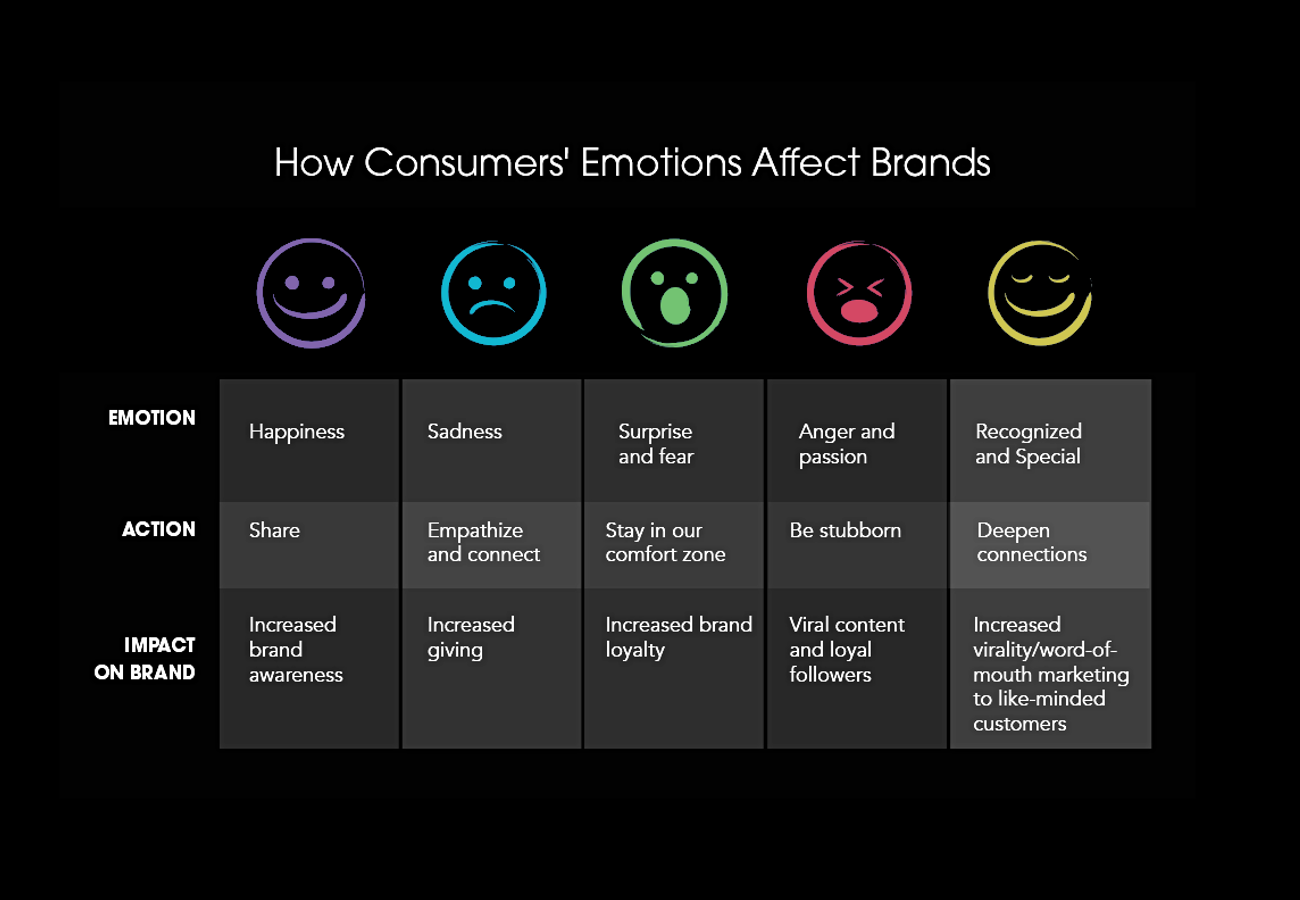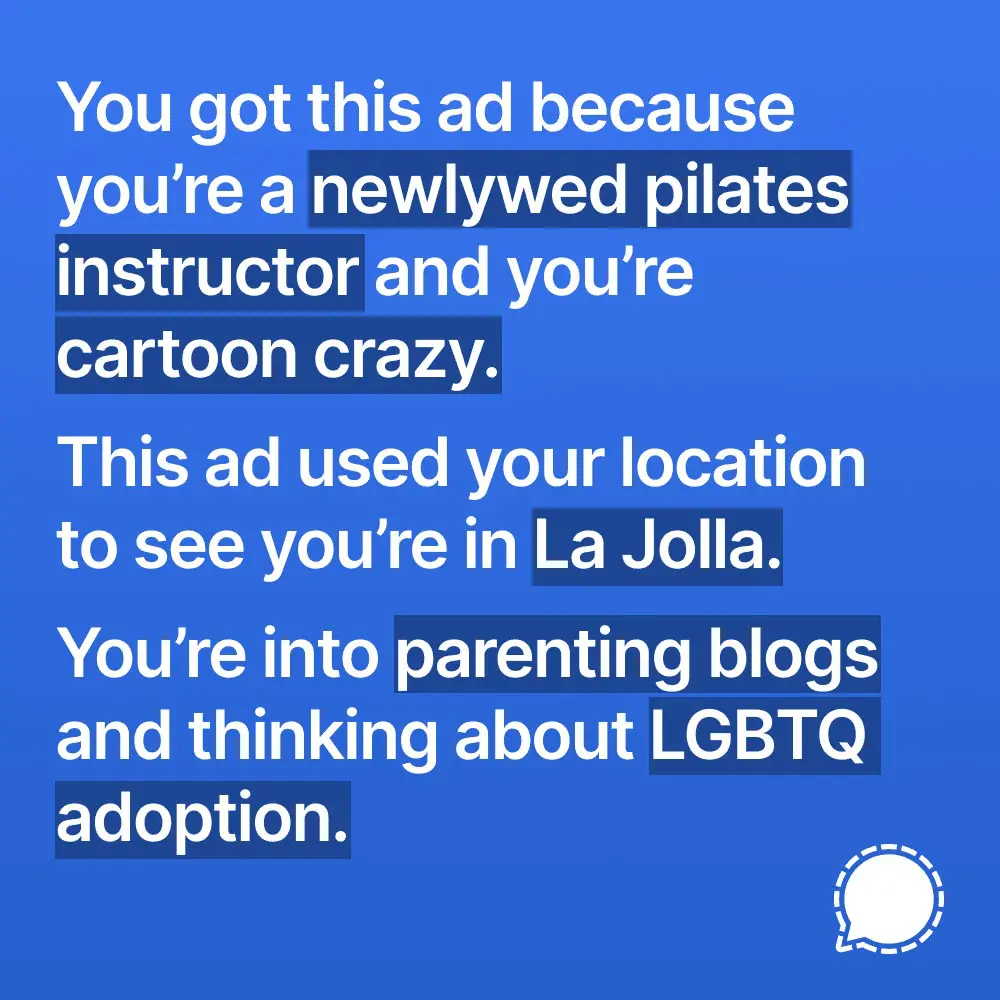
One of the most effective ways to make your company stand out in this busy world is through Marketing using Emotions or Emotional Marketing as some call it; by placing emphasis/focusing on what moves people, via Emotions. In order to get your audience to notice, remember, share, and make a purchase, your marketing and advertising efforts should largely appeal to their Emotions. So, to elicit a response from consumers, you should appeal to a single emotion strongly, such as happiness, sadness, anger, or fear. Let’s first discuss emotions before delving into the benefits of marketing using emotions and how to use it well.

Emotions.
Emotions describe the state of mind of an individual. There are four basic emotions: happy, sad, angry, and fear. We can’t always aim for widespread “happiness”. It will depend on your product, business, and audience. Similar to your marketing objectives, you need to be very specific about the emotion you want to arouse. This will have an impact on your marketing’s specifics, including copywriting, media, visuals, etc., and will help it be as effective as feasible.
How does it work? We experience emotions even if we don’t wish to. It is in our nature. For example, imagine we are witnessing an accident. Naturally, we will get scared and feel bad. This is one of the reasons why marketing using emotions works.
The next reason is that emotions make great first impressions. For example, feel-good movies have more fans than scary movies. If the theatre has both films running, most film lovers choose to feel good over horror films, which is actually out of first impression. In the same way, your initial perception of a product or brand can be shaped by marketing emotions, which can also make the product or brand stand out in your mind. So, when it comes to marketing, we should make sure our campaign makes the audience focus on emotions rather than on the features going by the emotional route.
You should help people to decide with their hearts. For example, imagine the last time you purchased a shirt or top from a store. Most likely, you ended up with multiple products having the same metrics and finally you took one which your heart said right? It is the emotion evoked that matters which nudged you to purchase that product. Let’s have a look at an example which shows this. Dove’s advertisement campaign.
Marketing using emotions inspires people to act. It is an effective strategy for generating a single or several purchases, emotions also spur additional behavior that can expand your brand and business. Happiness encourages us to share, and sharing raises brand recognition and racks up the impressions count. Good news spreads quickly and bad news sells. Sadness encourages empathy and connection. and empathy motivates people to give more. Surprise and fear cause us to cling to the familiar, and embracing the familiar increases brand loyalty. Marketers often avoid using fear in their advertising for fear (literally) that consumers would connect their brand with bad emotions. However, that shouldn’t fully stop brands from using fear as it has been seen on many occasions that using fear has worked incredibly well for brands. Example here: Apple’s Privacy ad, Signal’s Privacy ad, Dettol as a brand fully utilises fear as an emotion, Fear of Missing out is one of the biggest fears, and Byju’s uses this insight well on the parents of kids. Same with JEE coaching institutions in India. Education Industry as a whole infact thrives on competition and Fear of Missing out.
Our stubbornness is caused by anger and passion and tenacity generates viral content and devoted fans. Consider a Facebook video about a regional disaster or a political topic that has thousands of likes and comments. Strong emotions like anger and enthusiasm encourage individuals to share content, just like happiness does but should be done carefully and tastefully (Not the easiest of tasks).

Emotional marketing strategies
First, we have to find out who our target market is. Like in any marketing endeavour, you want to evoke an emotion inside people who matter for your needs, in such a way that it connects with their needs, aspirations, and pain points. Your marketing decisions will be more impactful and cost-effective if you conduct audience research.
Making use of Colour Psychology is a strategy for evoking emotions. Colour and emotions are closely tied in more ways than one. Colour actually plays a major role in evoking emotion(s). Many businesses and industries use this colour psychology. For example, Starbucks is green and Coca-Cola red. Red conjures up powerful emotions like love, excitement, and joy (as well as anger and warning). Red in the context of Coca-Cola represents a happy, amiable spirit. On the other hand, the Starbucks brand and the “green” movement are all characterized by harmony, balance, nature, growth, and health.
The next strategy is storytelling. No matter who your audience is, stories are universally relevant and shareable, whether they are expressed via sadness, rage, passion, or excitement.
Proctor & Gamble’s commercial titled “Thank You Mom” aired before the 2014 Sochi Winter Olympics and MetLife’s commercial “My Father is a Liar” are examples of storytelling used in emotional marketing.
Marketing using emotions uses a variety of psychological levers to create a movement or community around your brand. The phenomenon of the bandwagon effect keeps people interested in what the crowd is doing. Additionally, a sense of camaraderie, acceptance, and excitement can foster brand loyalty. We can enhance the community experience through promotional activities like hashtag campaigns or progressive activities that add tons of value to the consumer. The next strategy is to inspire. Although aspiration isn’t strictly an emotion, the experience of being inspired undoubtedly elicits a variety of feelings, including elation, joy, excitement, and optimism, to name a few. Because they appeal to a dream, objective, or vision that your audience aspires to, aspirational campaigns are effective. Red Bull is an example through their “Red Bull Gives You Wings” campaign. Also, a brand can create an ideal utopian image. While some advertisements appeal to our current emotions, others elicit feelings we wish we were feeling. The purpose of portraying a perfect image through your marketing is to achieve that. Great marketing illustrates how a certain product or service may address an urgent issue. Excellent emotional marketing employs feelings to persuade customers that buying your product will not only solve their problems but will also make them feel terrific.
Some of the successful emotional marketing campaigns include the #likeagirl campaign by Always, #inittogether by LinkedIn, Man on the Moon by John Lewis, and Worlds Apart by Heineken.
Sources and other resources to learn more about Emotional Marketing:
1) Emotional Marketing and Strategies to make it work | Indeed.com
2) Emotional Marketing | Hubspot
3) Emotional Marketing: What It Is and How It Works? | Spiralytics
4) Examples of Emotional Marketing | Instapage
5) The Power of Emotional Marketing | FabrikBrands
